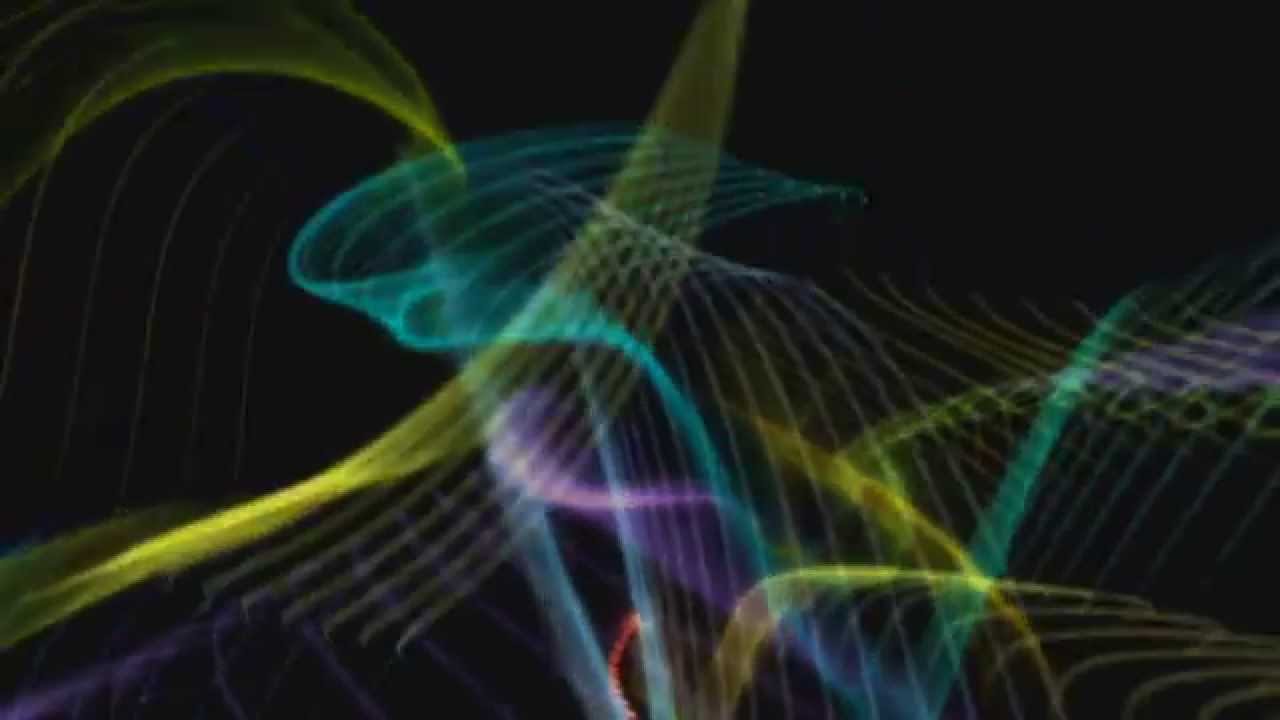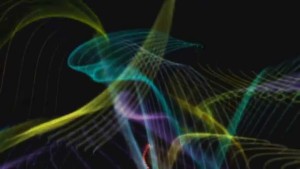The 4th International Conference on Transdisciplinary Imaging at the Intersections of Art, Science and Culture will taking place at Plymouth University between 1st and 3rd July 2016.
Our contemporary quotidian lives are becoming increasingly indebted to virtual platforms for social exchange and cultural mediation.
The ubiquity of social media has necessitated the birth of virtual graveyards; frozen digital reliquaries marking the cessation of our online busywork. Museums and culture conservationists are hurriedly digitising material fragments of the Anthropocene in an anxious contest against time and entropy. In this world the family photo-album is no longer an object but a well pool of dematerialised data.
- To what extent has time’s unrelenting persecution of matter and, by historical virtue of necessity, culture, been circumvented in the digital age?
- What is time to the dematerialised image?
- Does the cloud and distributed data networks shift the agency of time as it shifts the image?
- Has the duration of the gaze been supplanted by a sequence of fleeting glances as the mechanics of our biological bodies struggle clumsily to fix upon a new frenetic landscape of hypermediated imagery?
The figurative freezing of digital data is a far cry from the corporeal terminus we have historically conceived of as death. In its epitaphic state even the digital graveyard is full of life; of reading, relaying and revival.
Even these (a)temporarily static fields of data serve to nourish a complex bio-digital ecology that decomposes, blooms and flourishes in a new non-terrestrial time, unbound by the phenomenal cycles of the stars. The age of information has given rise to a new breed of temporality whereby nothing ever dies but is only defragged, retrieved, restored and remixed.
If you want to discuss issues such as these, book your place now through Plymouth University estore


